Rising Construction Activities
The resurgence of construction activities across various sectors is a prominent driver for the Concrete Block Market. As economies recover and expand, there is a marked increase in residential, commercial, and industrial construction projects. The construction sector is anticipated to grow at a rate of approximately 5% annually, leading to heightened demand for concrete blocks. These blocks are favored for their versatility, ease of installation, and cost-effectiveness, making them a preferred choice among builders. Furthermore, the Concrete Block Market is likely to benefit from the trend of modular construction, where concrete blocks are integral to prefabricated building systems. This growing construction momentum presents a favorable outlook for the industry.
Urbanization and Population Growth
Urbanization continues to be a significant driver for the Concrete Block Market. As populations migrate towards urban centers, the demand for housing and infrastructure escalates. This trend is particularly pronounced in developing regions, where rapid urban growth necessitates the construction of residential and commercial buildings. The United Nations projects that by 2050, nearly 68% of the world’s population will reside in urban areas, creating a substantial market for concrete blocks. The Concrete Block Market stands to benefit from this demographic shift, as concrete blocks are favored for their cost-effectiveness and structural integrity. Consequently, the industry is likely to experience sustained growth as urbanization trends persist.
Sustainable Building Materials Demand
The increasing emphasis on sustainable building materials is a pivotal driver for the Concrete Block Market. As environmental concerns gain traction, construction companies are increasingly seeking eco-friendly alternatives. Concrete blocks, often made from recycled materials, align with this trend, offering durability and energy efficiency. The market for sustainable construction materials is projected to grow at a compound annual growth rate of approximately 10% over the next five years. This shift towards sustainability not only enhances the appeal of concrete blocks but also positions the Concrete Block Market favorably in a competitive landscape. Furthermore, regulatory frameworks promoting green building practices are likely to bolster demand, as builders strive to meet stringent environmental standards.
Infrastructure Development Initiatives
Government initiatives aimed at infrastructure development are a crucial driver for the Concrete Block Market. Investments in transportation, utilities, and public facilities create a robust demand for concrete blocks, which are essential for constructing roads, bridges, and buildings. Recent reports indicate that infrastructure spending is projected to reach trillions of dollars over the next decade, particularly in emerging economies. This surge in investment is likely to stimulate the Concrete Block Market, as concrete blocks are preferred for their strength and longevity. Additionally, public-private partnerships in infrastructure projects may further enhance market opportunities, as stakeholders seek reliable materials for large-scale developments.
Technological Innovations in Production
Technological advancements in the production of concrete blocks are reshaping the Concrete Block Market. Innovations such as automated manufacturing processes and the use of advanced materials enhance the efficiency and quality of concrete blocks. These technologies not only reduce production costs but also improve the consistency and performance of the final product. For instance, the integration of 3D printing technology in block production is gaining traction, allowing for customized designs and reduced waste. As manufacturers adopt these cutting-edge technologies, the Concrete Block Market is expected to witness increased competitiveness and profitability. This trend may also lead to the development of new product lines, catering to diverse construction needs.


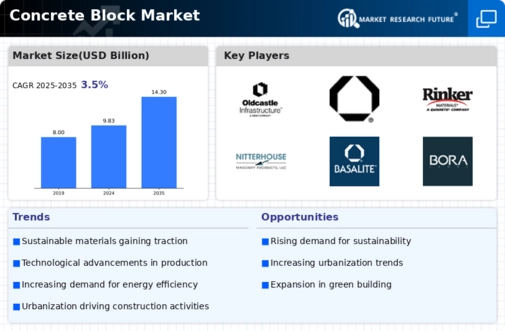
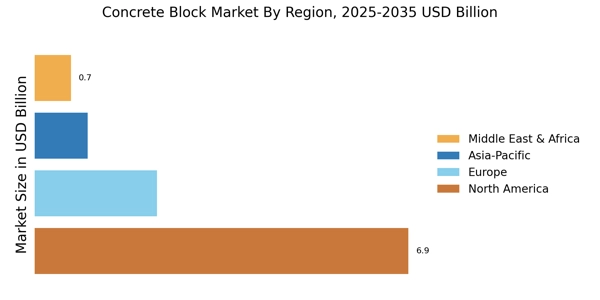
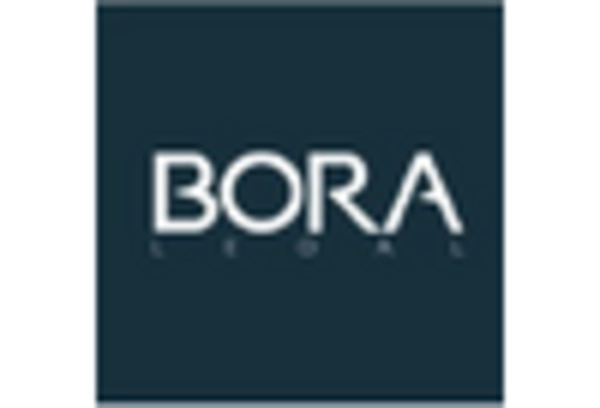
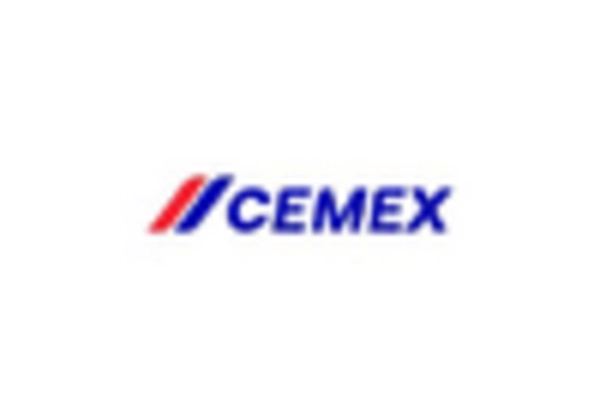

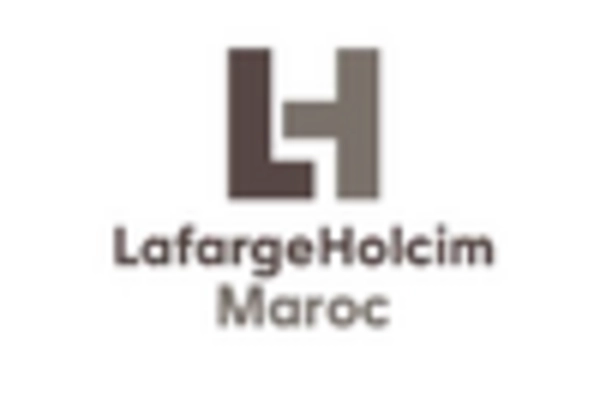

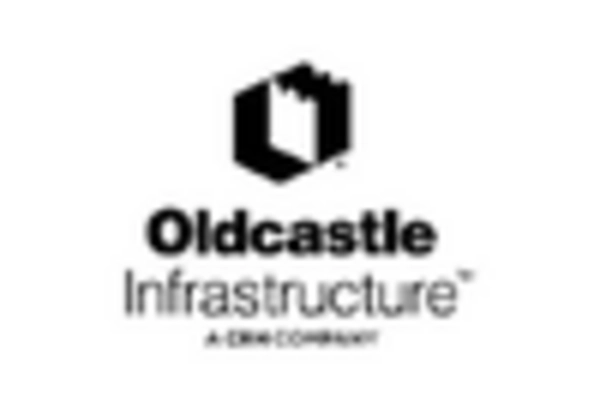








Leave a Comment